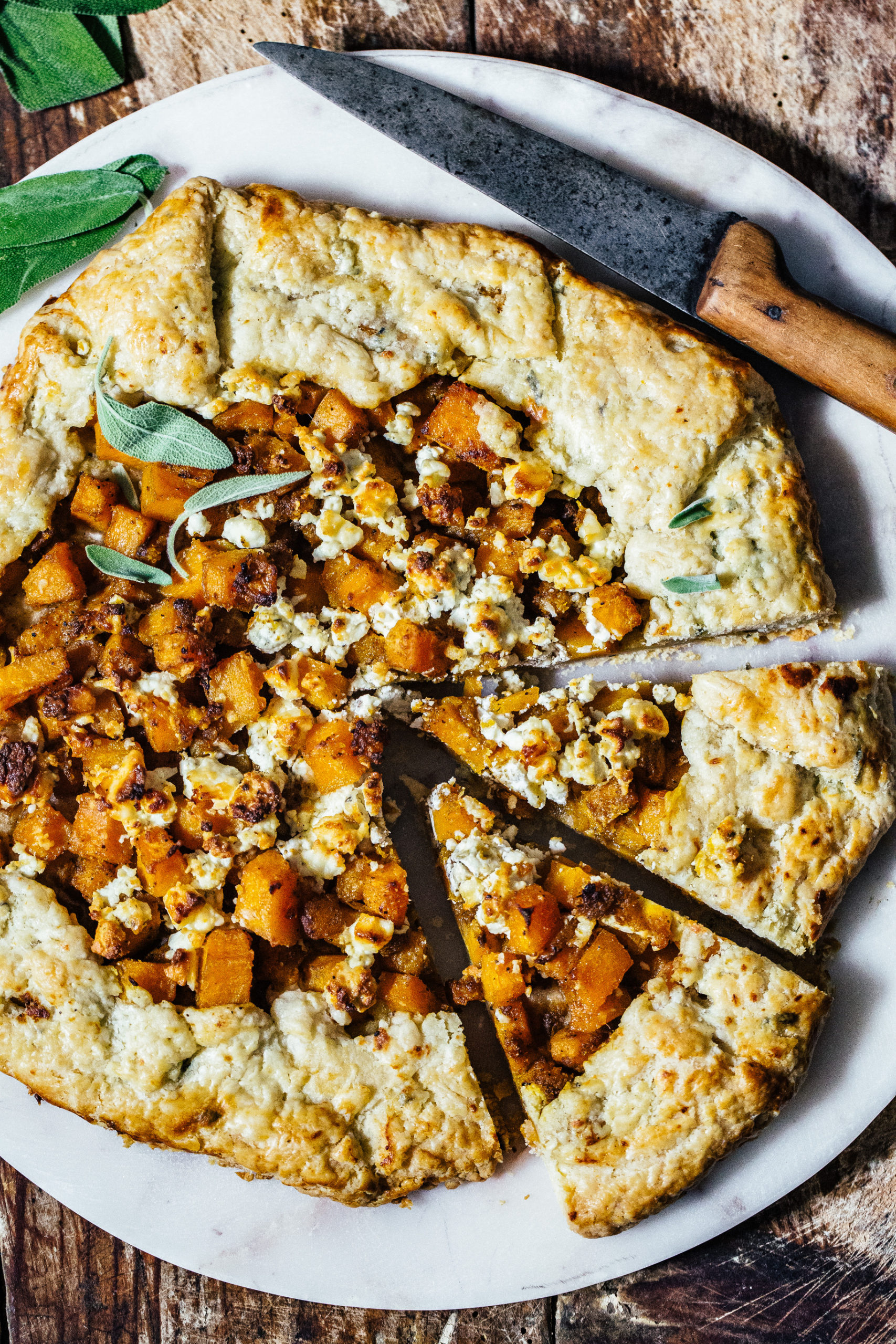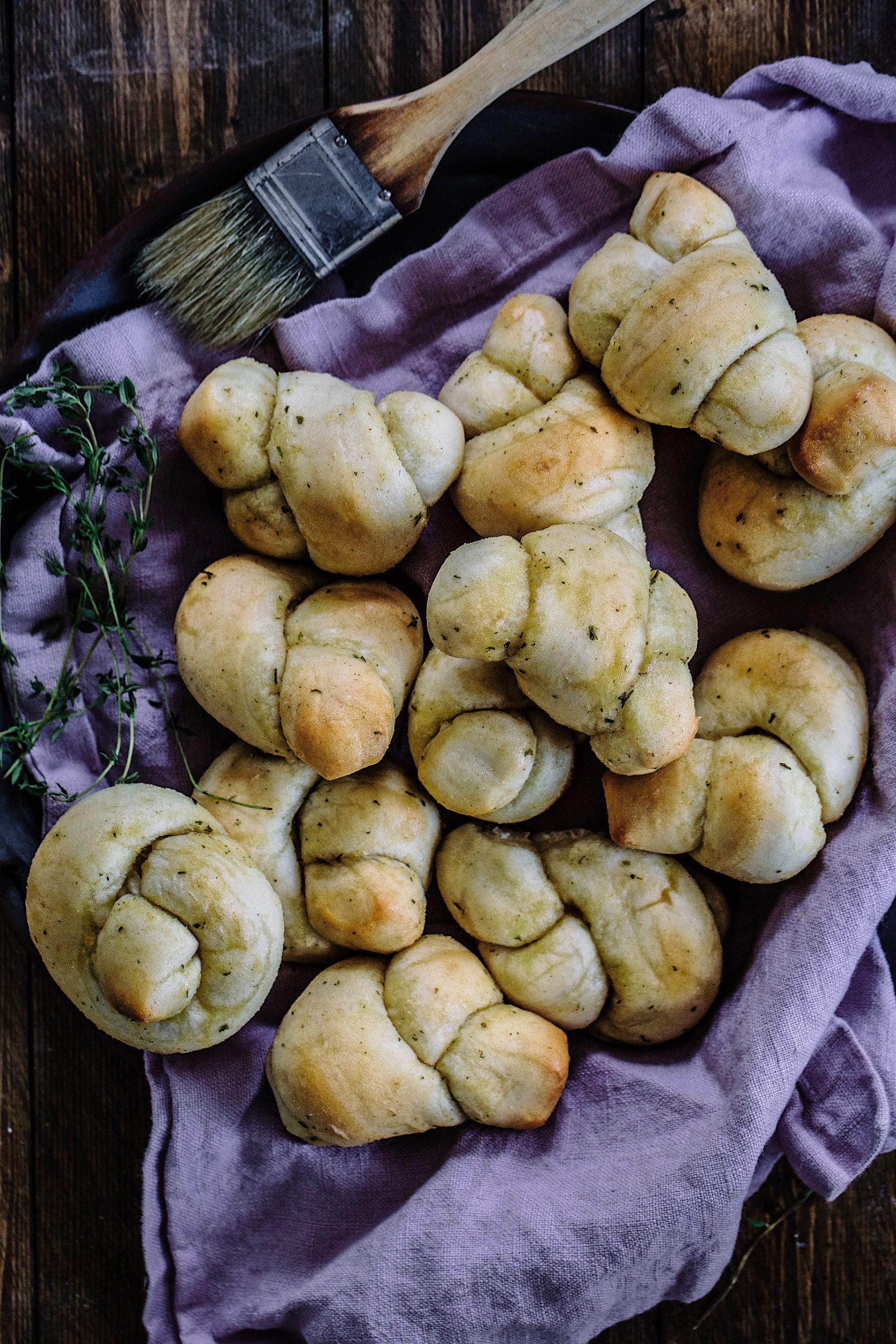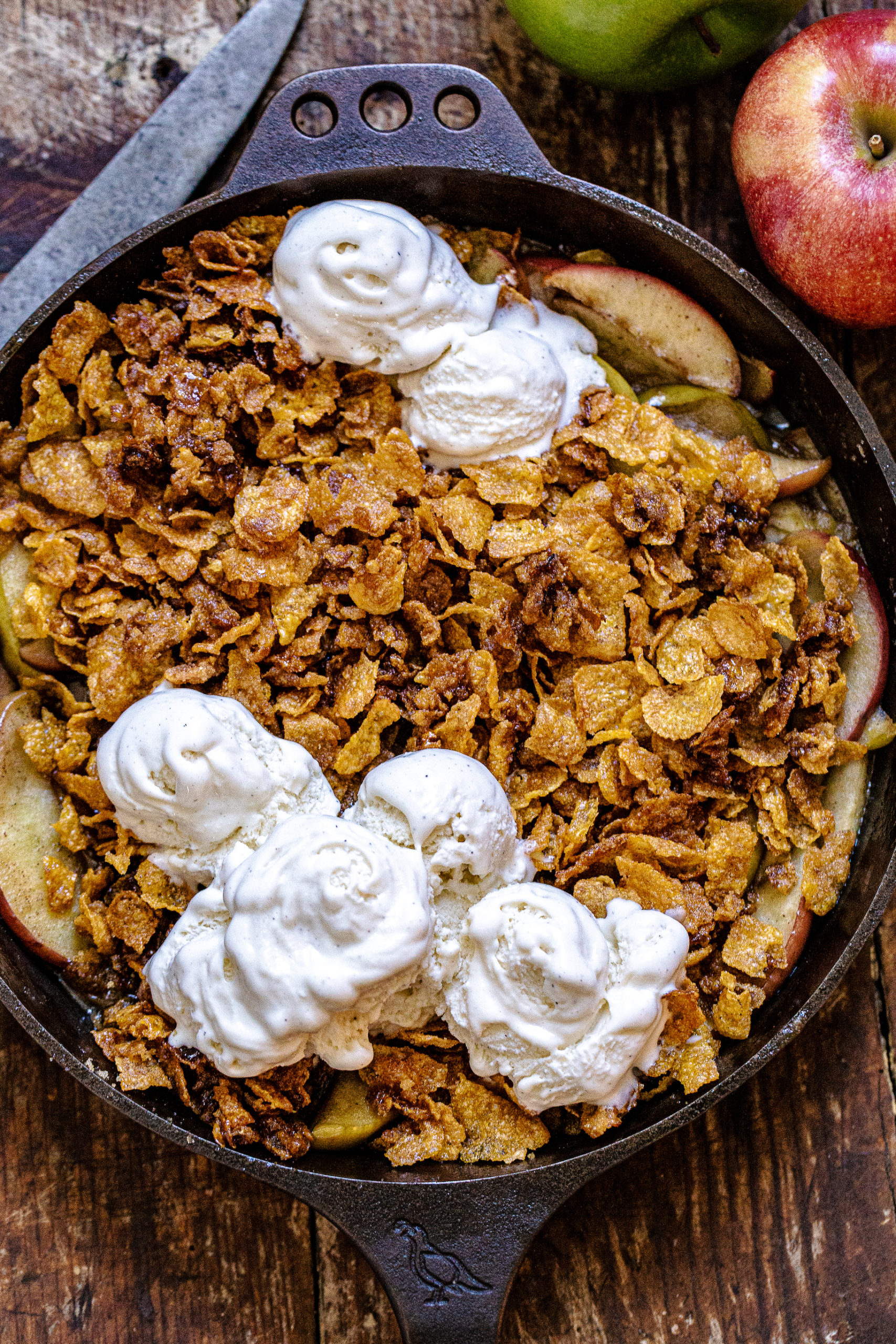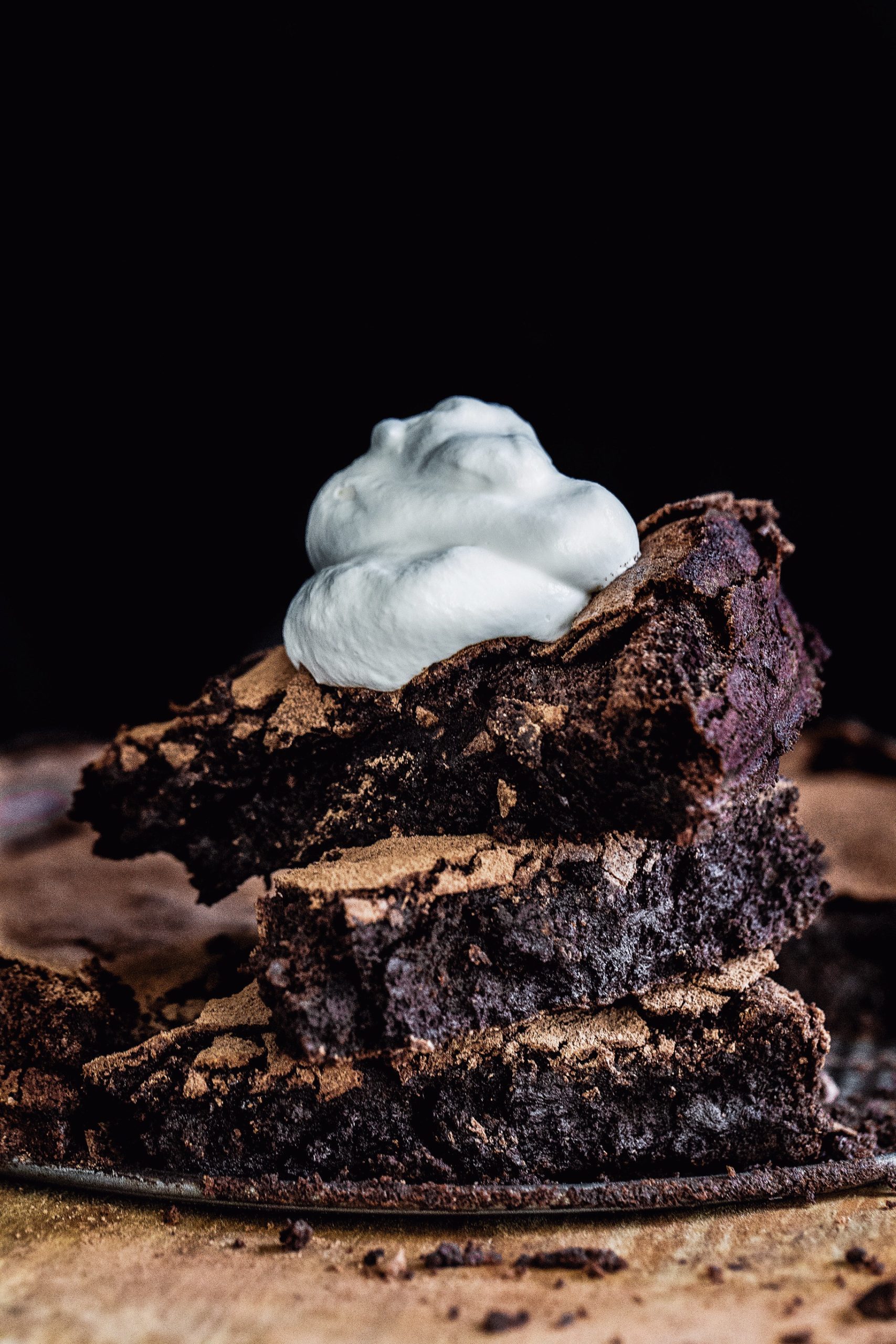I use this particular pie crust recipe – Alison Roman’s Pie Crust, or what she calls “The Only Piecrust,” – so frequently in my baking adventuring, that I thought I’d go ahead and just set aside an entire post to lay out the recipe for the crust alone, and show a few ways that I like to use it. It’s gloriously flaky, tremendously flavorful, and unabashedly buttery. These are the exact things you want your pie crust to be, and I think this one’s pretty tough to beat. It’s what she claims in her cookbook – Dining In – and I’m inclined to agree.

I think I am a good pie maker, but not necessarily a great one. To be a truly great pie maker – as opposed to a master of all other types of desserts and pastries – you have to make many pies, every day, for a very long time, because making pie dough is a very sensitive process. It’s mostly about touch and trust.”
Alison Roman, Dining In

Are All Butter Pie Crusts Better?
Now, I was raised on a homemade pie crust that involved the use of both Crisco vegetable shortening and butter. I have made many, many pies in my 37 years on this earth, and I can tell you the ones that don’t have shortening in the crust are much better for its absence.
All-butter pie crusts are the way. The ONLY way. They’re the only pie crust. So in that sense, I agree with Alison wholeheartedly. When you replace some of the crust’s fat content with shortening, rather than butter, you’re sacrificing both flavor and flakiness. So, why use Crisco, then?
Pie Crusts: Why use shortening?
The answer, according to many to whom I’ve posed this very question, is that shortening was cheap and easy to come by back in the day, and it works reasonably well in pastries, imparting the necessary fat content to counteract the flour.
But in more useful and modern terms, shortening has a higher melting point than butter or leaf lard, making it easy to incorporate into pie crusts. Its smooth consistency makes for very easy rolling and shaping. Shortening is also helpful when making any kind of decorations for your pie crust, since doughs made with shortening keep their shape better during baking.
So, there’s some food for thought. If you want to get really artsy and decorative with your pie, then maybe consider making a separate batch of shortening-based pasty to use in the decorative parts. And if you do, let me know how you fare …
What makes Alison Roman’s pie crust so good?
Well, there’s the butter. And also the butter. Yes, this recipe has a little more butter going on inside than some others (most others), okay, ALL OTHERS, that I’ve worked with, and I think it’s better for it. It’s extremely flaky and tender and it tastes like a million bucks.
Why is there vinegar in the pie dough?
It all comes down to gluten. The acidity in vinegar will help to tenderize a pie dough, since it inhibits the development of glutens (protein structure). The more gluten, the more strength the dough has (think bread) and hence, the less tender and flaky it will be. We don’t want string pie dough – we want it to shatter with ease, right? The vinegar helps to stop some of that strength-building that glutens try to do, keeping things nice and flaky like we want them to be.
Ingredients for Alison Roman’s Pie Crust:
- 2 ½ cups all-purpose flour, plus more for rolling
- 2 teaspoons sugar
- 1 teaspoon kosher salt
- 1 ½ cups (2 ½ sticks) unsalted butter, cut into1-inch pieces, chilled
- 1 tablespoon apple cider vinegar or white distilled vinegar
- ¼ cup ice water
- In a large bowl, whisk the flour, sugar, and salt together. Add the butter and toss to coat it in the flour mixture. Using your hands, smash the butter between your palms and fingertips, mixing it into the flour, creating long, thin, flaky, floury, buttery bits. Once most of the butter is incorporated and there are no large chunks remaining, dump the flour mixture onto a work surface.
- Combine the vinegar with the ice water and drizzle it over the flour-butter mixture. Run your fingers through the mixture like you’re running your fingers through your hair, just to evenly distribute the water through the flour until the dough starts coming together.
- Knead the dough a few more times, just to gather up any dry bits from the bottom and place them on the top to be incorporated. Once you’ve got a shaggy mass of dough (it will not be smooth and it certainly will not be shiny), knead it once or twice more and divide it in half. Pat each piece into a flat disk, about 1 inch thick. Wrap each disk individually in plastic wrap and refrigerate at least two hours.
NOTE: To add herbs, such as sage, simply chop the desired amount (for sage, about 2 TBSP) and add it in step two, after the vinegar and water mixture has been added. Proceed with the recipe as indicated.
Each time I make a crust, it’s never the same, but I guess that’s why I love making pie. I feel like I’m not really perfect at it yet, so each time is a true chance to do better, which means every time I make a pie, I am entering into a competition with myself (which is fun for me, I promise).
Alison Roman
If you like the looks of this pie crust recipe, you might also enjoy:


Alison Roman’s Pie Crust – the “Only Piecrust”
From her cookbook, Dining In, comes Alison Roman’s go-to pie crust recipe, which I’m sharing because I really really like it. Great for galettes, pies, pot pies, hand pies, etc. (see NOTE for the sage or herby pastry option)
- Yield: 1 recipe pie crust 1x
Ingredients
- 2 1/2 cups all-purpose flour, plus more for rolling
- 2 teaspoons sugar
- 1 teaspoon kosher salt
- 1 1/2 cups (2 1/2 sticks) unsalted butter, cut into 1-inch pieces, chilled
- 1 tablespoon apple cider vinegar or white distilled vinegar
- 1/4 cup ice water
Optional herby add-ins: fresh chopped herbs such as sage (2 tablespoons), fresh chopped thyme leaves (a couple of teaspoons, freshly chopped rosemary and lemon zest (a tablespoon or so, each)
Instructions
- In a large bowl, whisk the flour, sugar, and salt together. Add the butter and toss to coat it in the flour mixture. If you’re adding any herbs or zest, do so now. Using your hands, smash the butter between your palms and fingertips, mixing it into the flour, creating long, thin, flaky, floury, buttery bits. Once most of the butter is incorporated and there are no large chunks remaining, dump the flour mixture onto a work surface.
- Combine the vinegar with the ice water and drizzle it over the flour-butter mixture. Run your fingers through the mixture like you’re running your fingers through your hair, just to evenly distribute the water through the flour until the dough starts coming together.
- Knead the dough a few more times, just to gather up any dry bits from the bottom and place them on the top to be incorporated. Once you’ve got a shaggy mass of dough (it will not be smooth and it certainly will not be shiny), knead it once or twice more and divide it in half. Pat each piece into a flat disk, about 1 inch thick. Wrap each disk individually in plastic wrap and refrigerate at least two hours.
- NOTE: To add herbs, such as sage (like in this galette, simply chop the desired amount (for sage, about 2 tablespoons) and add it in step two, after the vinegar and water mixture has been added. Proceed with the recipe as indicated.
Notes
- NOTE: To add herbs, such as sage, simply chop the desired amount (for sage, about 2 tablespoons) and add it in step two, after the vinegar and water mixture has been added. Proceed with the recipe as indicated.
Keywords: Alison Roman Pie Crust







